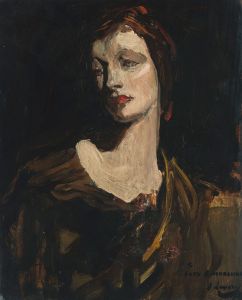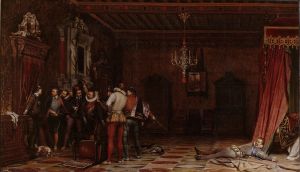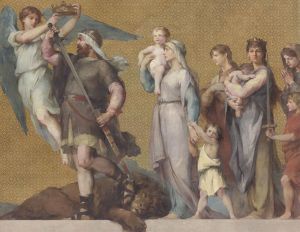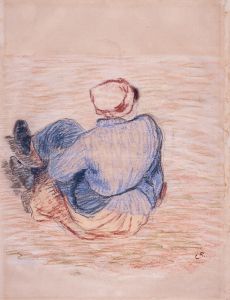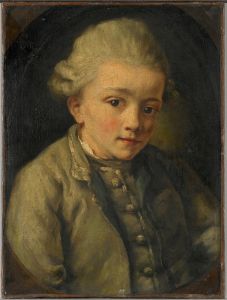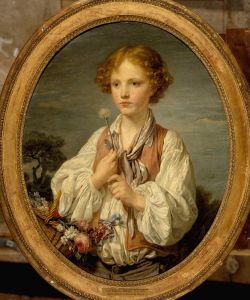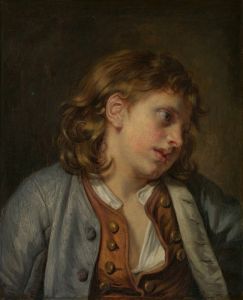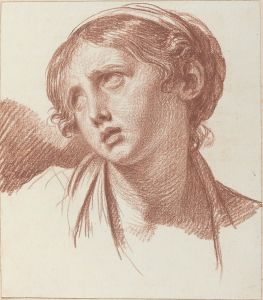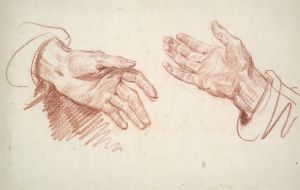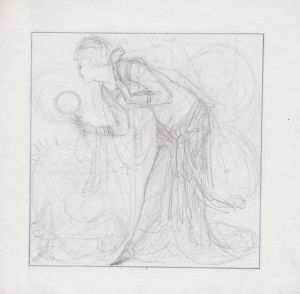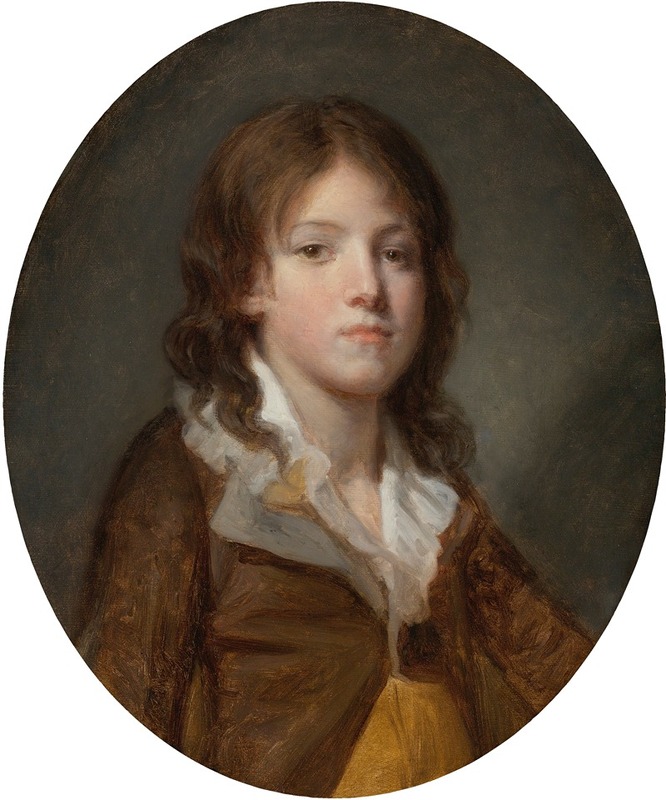
Portrait of A Boy, Sometimes Presumed To Represent Louis-Charles, Duc De Normandie, Dauphin of France
A hand-painted replica of Jean-Baptiste Greuze’s masterpiece Portrait of A Boy, Sometimes Presumed To Represent Louis-Charles, Duc De Normandie, Dauphin of France, meticulously crafted by professional artists to capture the true essence of the original. Each piece is created with museum-quality canvas and rare mineral pigments, carefully painted by experienced artists with delicate brushstrokes and rich, layered colors to perfectly recreate the texture of the original artwork. Unlike machine-printed reproductions, this hand-painted version brings the painting to life, infused with the artist’s emotions and skill in every stroke. Whether for personal collection or home decoration, it instantly elevates the artistic atmosphere of any space.
Jean-Baptiste Greuze was a prominent French painter known for his portraits and genre scenes, which often depicted domestic life with a moralizing tone. One of his works, "Portrait of a Boy, Sometimes Presumed To Represent Louis-Charles, Duc De Normandie, Dauphin of France," is a painting that has garnered attention due to its potential historical significance. However, it is important to approach this painting with caution, as many aspects of its attribution and subject remain uncertain.
The painting is a portrait of a young boy, rendered with Greuze's characteristic attention to detail and emotional expression. Greuze was known for his ability to capture the innocence and vulnerability of his subjects, and this painting is no exception. The boy is depicted with a gentle expression, his eyes conveying a sense of depth and introspection. The use of light and shadow in the painting highlights the boy's delicate features, a testament to Greuze's skill in portraiture.
While the painting is sometimes presumed to represent Louis-Charles, Duc De Normandie, also known as Louis XVII, the second son of King Louis XVI and Queen Marie Antoinette, there is no definitive evidence to confirm this identification. Louis-Charles was born in 1785 and became the Dauphin of France in 1789, following the death of his elder brother. His life was tragically short, as he died in captivity during the French Revolution at the age of ten. The presumption that the painting depicts Louis-Charles is largely based on the boy's age and appearance, which could correspond to the Dauphin's during his early years.
However, without concrete documentation or provenance linking the painting directly to Louis-Charles or the royal family, any identification remains speculative. It is not uncommon for portraits from this period to be misattributed or for their subjects to be misidentified over time. The lack of definitive evidence makes it difficult to ascertain the true identity of the boy in the painting.
Greuze's work was highly regarded during his lifetime, and he was a favorite among the French bourgeoisie and aristocracy. His ability to convey emotion and character in his portraits made him a sought-after artist. Despite the uncertainties surrounding the subject of this particular painting, it remains an excellent example of Greuze's skill and style.
The painting is part of the broader oeuvre of Greuze, who left a significant mark on 18th-century French art. His works are characterized by their emotional depth and technical proficiency, and they continue to be studied and admired for their contribution to the development of portraiture and genre painting.
In conclusion, while "Portrait of a Boy, Sometimes Presumed To Represent Louis-Charles, Duc De Normandie, Dauphin of France" is an intriguing work, it is essential to approach it with an understanding of the limitations of historical attribution. Without definitive evidence, the identity of the boy remains a matter of speculation, and the painting should be appreciated for its artistic qualities and the insight it provides into Greuze's work.





